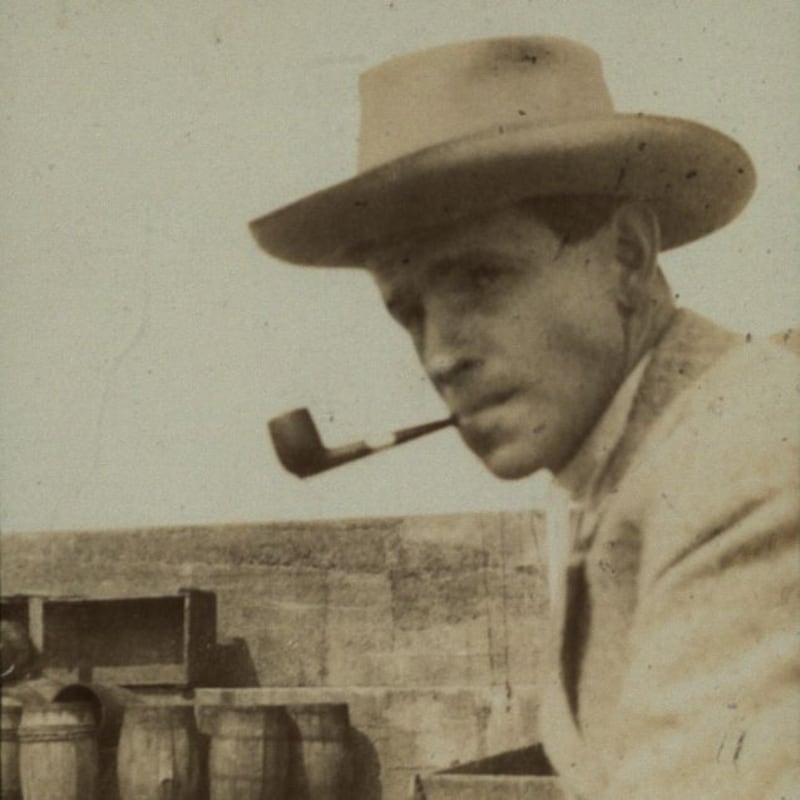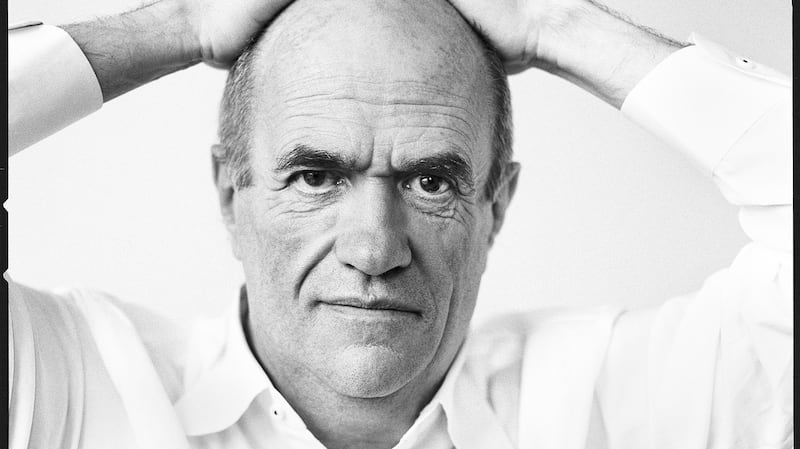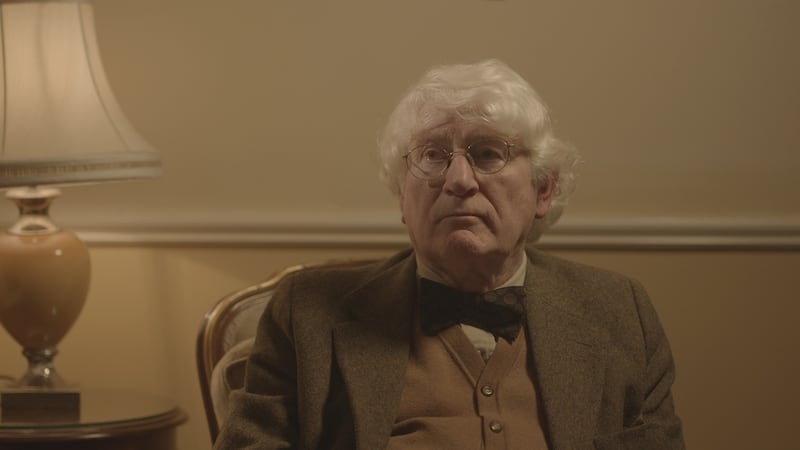"My soul lies in the arts. In them lies happiness," were the words of Ernie O'Malley (1897-1957), the leading revolutionary whose art collection sold for €5.5 million in November 2019. The now historic sale conducted by Irish auction house Whyte's in association with Christies, hailed as "the best showing of large Jack B Yeats paintings ever seen outside major public galleries", was not just the highest result for an art auction in Ireland, it also set record breaking figures for several works.
The sale caught the eyes of Alex and Joel Verner, the Dublin brothers behind UK based film production company Averner. With a background in natural history and ecotourism in central Africa, the pair – who had up to that point been documentary makers for the BBC and National Geographic – were so impressed with the works they decided it was time that the artist was properly explored.

“His story was never really told,” says director Alex Verner “except through academic works like his biography [written by Hillary Pyle]. We knew something more emotionally nuanced needed to happen, as we felt that Jack’s work in the wider world was undervalued and underappreciated.”
The brothers set about The Man Who Painted Ireland, commissioned by RTÉ, the first in-depth film that examines one of Ireland's greatest – if not the greatest – Irish painter of all time. On their journey into the depths of Yeats' life, they discovered through a fortuitous meeting with Mark Bell, commissioning arts editor at the BBC, that Colm Tóibín was a huge fan of Jack B Yeats. In a paper by Tóibín, published in the Guardian in 2010, the Irish novelist describes Yeats as his hero, adding that the long room in the National Gallery dedicated to the artist "is one of the sacred spaces in Dublin for me".

Solitary figure
Los Angeles-based Tóibín has written a narrative which is as hauntingly beautiful as the paintings he describes, while also exploring parallels between Jack and his playwright brother William Butler Yeats, and their profound interest in transcendency. He describes the artist as a solitary figure, and his paintings as "abandoning all caution like someone betting every penny in his pocket on a horse that lives in his dreams".
When in search of a narrator for Tóibín's words, the brothers discovered that Hawaii-based Irish actor Pierce Brosnan was also passionate about the artist. "He describes himself as being an artist first, and his ambition was always to be a professional painter, so our instinct told us we must reach out to him," recalls Verner. "Pierce described Colm's words as 'a work of art from the heart and lyrical soul', saying that Yeats was an inspiration to him – in 'how his mystic Irishness ignited his own practice as a painter'."
There are some lovely soundbites from Yeats chatting with the late <a class="search" href='javascript:window.parent.actionEventData({$contentId:"7.1213540", $action:"view", $target:"work"})' polopoly:contentid="7.1213540" polopoly:searchtag="tag_person">Eamonn Andrews</a>
Academic insights are given by Yeats biographer Hilary Pyle, Dr Róisín Kennedy and Roy Foster, emeritus professor of Irish history at the University of Oxford, who describes the Yeats family as "saturated in art" and "who disagreed violently about things". He relates the story of how patriarch John Butler Yeats once broke the glass of a painting over the head of a young William, and explores the theme of how sons often become the opposite of their fathers.
Sligo
Sligo’s influence on the artist is detailed as is his work in London as an illustrator under the pseudonym Bird – which is a total contrast to the “ironic slightly zany approach” of his paintings. When Yeats returned to Ireland he became swept up in culture and nationalism, “but more telling were his literary connections”, according to another fan of the artist, writer and comedian Dara Ó Briain, who injects lighthearted humour into the film. Yeats finally settled on a style when in his 54th year.
There are some lovely soundbites from Yeats chatting with the late Eamonn Andrews, for instance when the artist quips: "I dislike the word art – as to do with paintings – there is only one art, and that is the art of living."

Collector John Kennedy tells what his collection of Yeats means to him, and ponders on the questions that the works evoke, which is answered in Tóibín's words: "Jack did not try to explain the world – but enrich its sense of mystery."
But perhaps the most poignant moment in the film is when Ernie O’Malley’s son Cormac becomes emotional with regards to Death For Only One, and the parallels of the work to his own life on themes of love and loss, saying he can no longer look at the painting.
The Man Who Painted Ireland will be shown on RTÉ 1 at 10.15pm on Thursday, October 21st, and afterwards on the RTÉ Player. It commemorates the 150th anniversary of the artist’s birth, and makes a beautiful and compelling companion to the Painting and Memory exhibition currently on show at the National Gallery of Ireland.

















